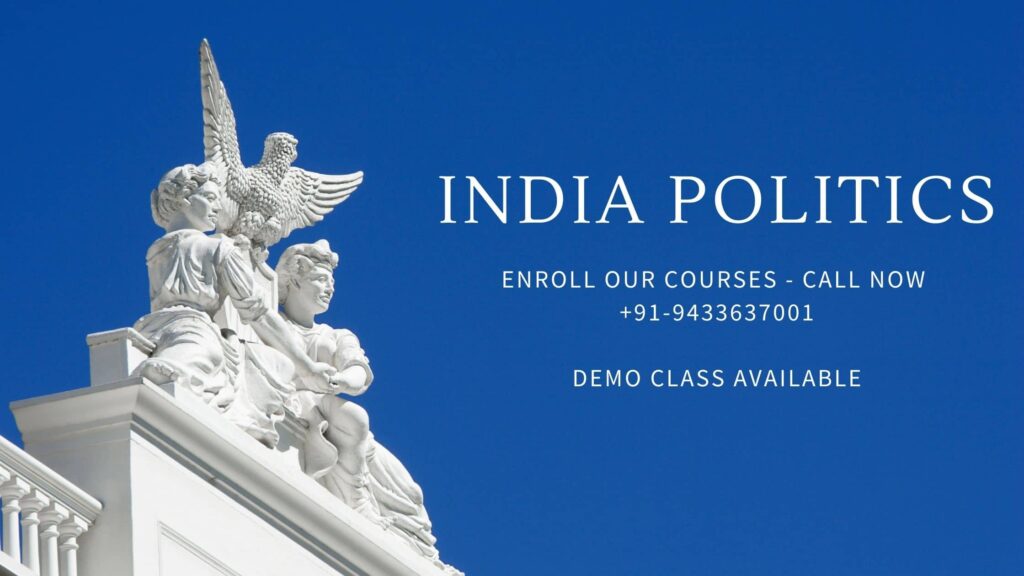
The world’s largest democracy, India, is a fascinating country with an incredibly rich and complex political system. From its early days as an empire to its current form of government—a federal parliamentary republic—India has been shaped by centuries of religious, ethnic, and linguistic diversity. With 1.3 billion people, the country is also home to the second-largest population in the world. This population is divided into 29 states and seven union territories, each with its own elected representatives to parliament.
Introduction to Indian Politics
India is one of the largest and most populated countries in the world. It is a federal republic with a parliamentary system of government. The President of India, as the head of state, is indirectly elected by the people through an electoral college. The Prime Minister, who is the head of government, is appointed by the President and is usually the leader of the party with a majority in parliament. India has a multi-party system, with national and regional parties playing an important role in politics.
The Constitution of India is the longest written constitution of any country in the world. It consists of 448 articles, 22 parts, 12 schedules and 118 amendments. The preamble describes India as a Sovereign Socialist Secular Democratic Republic.

The Political System of India
The Indian political system has been designed to ensure justice, liberty, equality and fraternity for all Indians through representative and responsible government. Some of the salient features of Indian political system are:
a) Parliamentary Government: The Constitution has adopted the British model for Parliamentary government with an executive responsible to the legislature. Both the Prime Minister and his Council of Ministers are responsible to the Lok Sabha (the Lower House).
b) A Written and Rigid Constitution: The constitution is not only the supreme law but also the fundamental law of India. It is superior to all other laws passed by parliament or state legislatures. No law can be made which is inconsistent with it.
c) Fundamental Rights: The Constitution provides six fundamental rights to all its citizens – Right to equality, Right to Freedom, Right against exploitation, Freedom of Religion, Cultural and Educational rights and Right to Constitutional Remedies. These rights are justiciable or enforceable by the courts in case they are violated by any authority or
About our Indian Constitution
The Union Government is divided into three branches: the Executive Branch, the Legislative Branch, and the Judicial Branch. The President is the head of the Executive Branch, and the Prime Minister is the head of the Legislative Branch. The Supreme Court is the highest court in India and is responsible for judicial review.
The Republic of India is a federal parliamentary republic in South Asia. It is the world’s second most populous country with over 1.3 billion people, and the most populous democracy in the world. The political system of India is based on the Constitution of India, which was adopted by the Constituent Assembly on 26 November 1949. The Constitution of India came into effect on 26 January 1950, making India a republic.
If you want to become a politician, now enroll our courses here and check complete course details here also.













5 replies on “The Political System Of India : Everything You Need To Know”
Can you be more specific about the content of your article? After reading it, I still have some doubts. Hope you can help me.
Thanks for sharing. I read many of your blog posts, cool, your blog is very good. https://accounts.binance.com/en/register?ref=JHQQKNKN
Your article helped me a lot, is there any more related content? Thanks!
Your article helped me a lot, is there any more related content? Thanks!
Qualiity posts is the important to invite the visitors too visit tthe website, that’s what this web site is providing.
Here is myy webb page https://vavada.widezone.net/